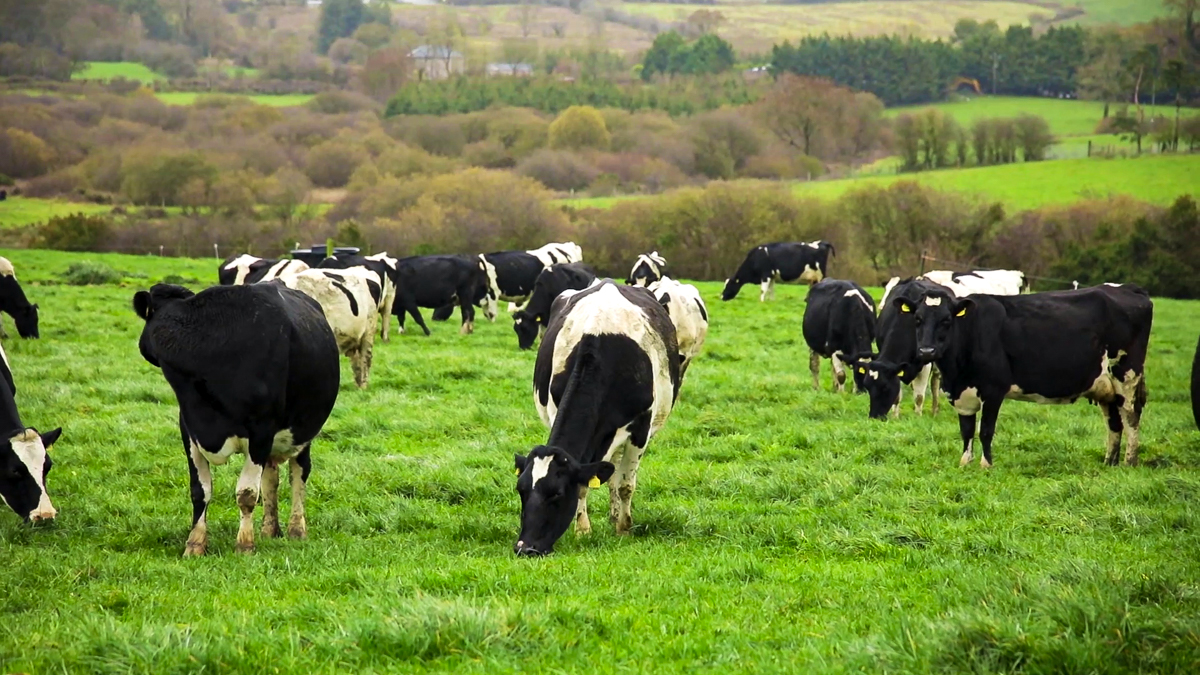The official document from the European Commission outlining changes to the Industrial Emissions Directive (IED) – that will see more farms (including, for the first time, cattle farms) require environmental permits – sets a threshold of 150 livestock units (LUs) for a farm to require a permit.
In other words, cattle, pig or poultry farms (or mixed farms) that exceed this number of LUs will, in most circumstances, require a permit to operate under the plan.
This is a slight alteration to the proposal when compared to a leaked version that emerged last week, which received notable backlash from farm organisations here.
The official commission document was published yesterday (Tuesday, April 5).
Furthermore, the commission has said that the permits that affected farms would require would cost €2,400/year/farm.
At present, some 50,000 ‘industrial installations’ in the EU – some 30,000 large industrial plants and around 20,000 large poultry and pig farms – are covered by the IED and its reporting regulation, the European Pollutant Release and Transfer Register (E-PRTR).
According to the commission, large industrial plants and livestock farms cause over half the EU’s emissions to air from human activities.
The authorities in each member state that issue these permits will be required, under the changes, to use tighter pollutant emission limit values when revising permits or setting new permit conditions. The commission says that around 80% of permits stick to the lowest legally allowed values.
All cattle, pig and poultry farms with over 150 LUs will fall under the scope of directive.
A ‘conversion rate’ is used to determine the ratio of a single animal to a single LU. In other words, smaller animals will only constitute part of an LU.
The reference unit used for the calculation of a single LU is the grazing equivalent of one adult dairy cow producing 3,000kg of milk annually, without additional concentrated foodstuffs.
The commission clarified yesterday that the conversion rates will be the same as those rates used by the commission’s statistics agency Eurostat.
These are as follows:
- Bovine animals:
- Under one year old – 0.4 LU;
- Over one but less than two years old – 0.7 LU;
- Males aged two years and over – 1 LU;
- Heifers aged two years and over – 0.8 LU;
- Dairy cows – 1 LU;
- Other cows aged two years and over – 0.8;
- Pigs:
- Piglets with liveweight less than 20kg – 0.027 LU;
- Breeding sows weighing 50kg and over – 0.5 LU;
- Other pigs – 0.3 LU;
- Poultry:
- Broilers – 0.007 LU;
- Laying hens – 0.014 LU;
- Other poultry – 0.030 LU.
Under the changes, 13% of the EU’s largest livestock farms would require permits, which the commission says are responsible for 60% of the EU livestock emissions of ammonia and 43% of methane.
The commission also outlines that the requirements for farm permits will “take into consideration the nature, size, density and complexity of these livestock installations, including the specifications of pasture-based cattle rearing systems where animals are only seasonally reared in indoor installations, and the range of environmental impacts they may have”.
The proposal also aims to ensure public access to information on sites is regulated by the directive and gives the public insight into activities under permits in their localities.
The public and non-governmental organisations would also be given greater input into the decision-making process of whether to grant permits.
As is currently the case, derogations would remain possible for operations that would otherwise require permits, but the plans would create a “common methodology” for allowing derogations, and would set a four-year time limit for any allowed derogation.
However, a lighter permitting regime will apply both to the 20,000 farms already covered by the IED and the additional 165,000 that will be covered if the new plans are enacted.
“The lighter permitting regime is proportional to the lower risks [a farm represents] compared to the industrial installations,” the commission said.
The proposals will now require the backing of the European Council and the European Parliament before being transposed into member-state law.
